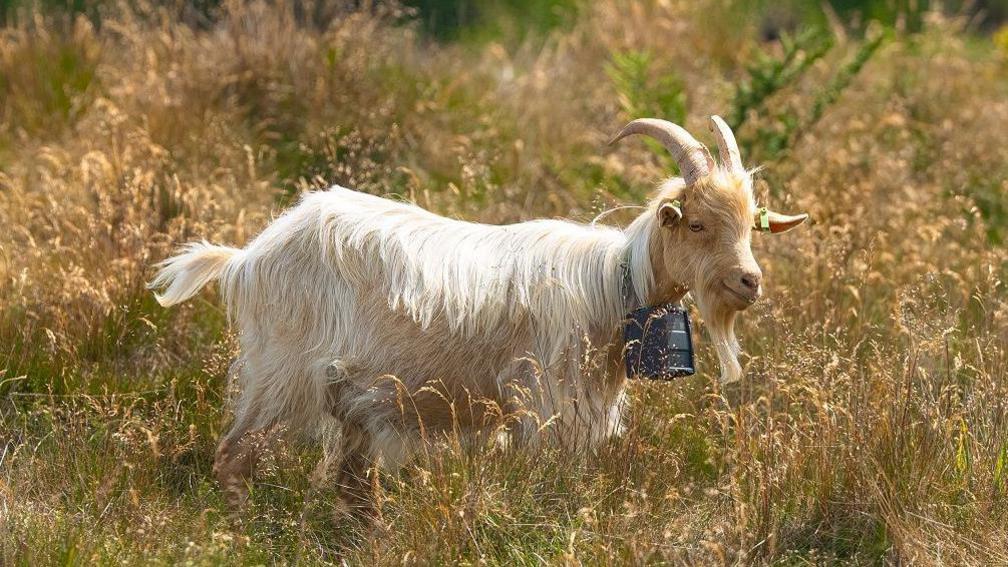'I've done this walk 237 times - it's full of interesting personalities'
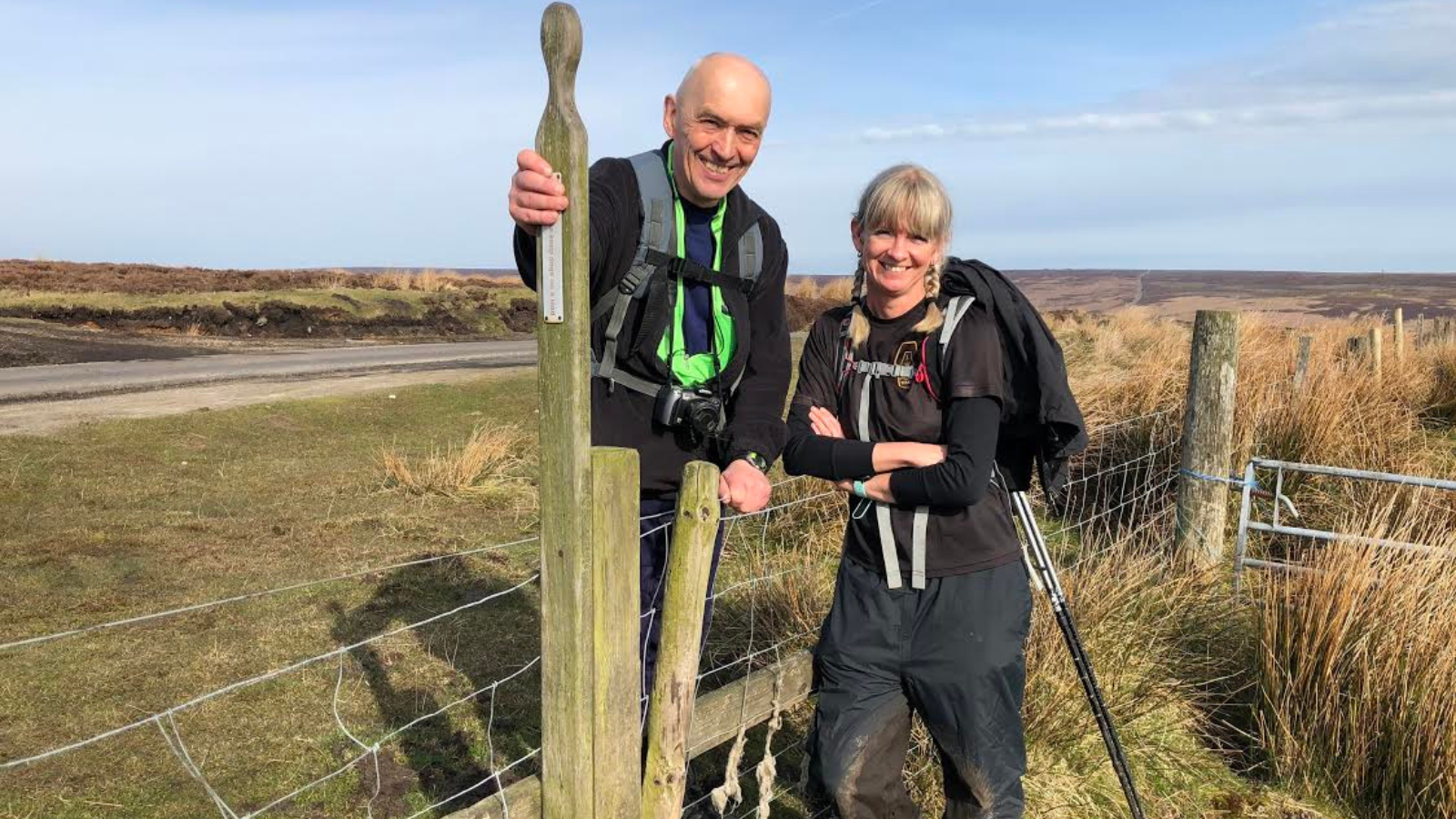
The terrain is a varied, and includes bogs, disused railways and moorland
- Published
"It's remarkable when you take a problem with you at the start, how small and insignificant it can feel after 20 miles - it's a therapy."
Being halfway through a full day's walk across the North York Moors, surrounded by heather, rolling hills and exposed to the elements might fill some with dread.
But Gerry Orchard's broad smile says otherwise; for him and many others, it's an adventure and tradition they keep returning to, again and again.
Now in its 70th year, the Lyke Wake Walk is a challenge as much as it is a walk.
The route spans 40 miles (64km) between the villages of Osmotherley and Ravenscar.
With an elevation of 5,000ft (1,524m) and a varied terrain that includes negotiating bogs, disused railways and vast stretches of remote moorland, the aim is to finish within 24 hours.
Gerry has completed the Lyke Wake Walk 237 times, starting when he was a schoolchild.
"Yes it hurt like hell, and yes I couldn't walk for a few days afterwards, but for the first time in my life, I felt like I'd achieved something," he says of his first experience.
He is still among the 400 people who complete the challenge every year, many of whom undertake it to raise money for charity.
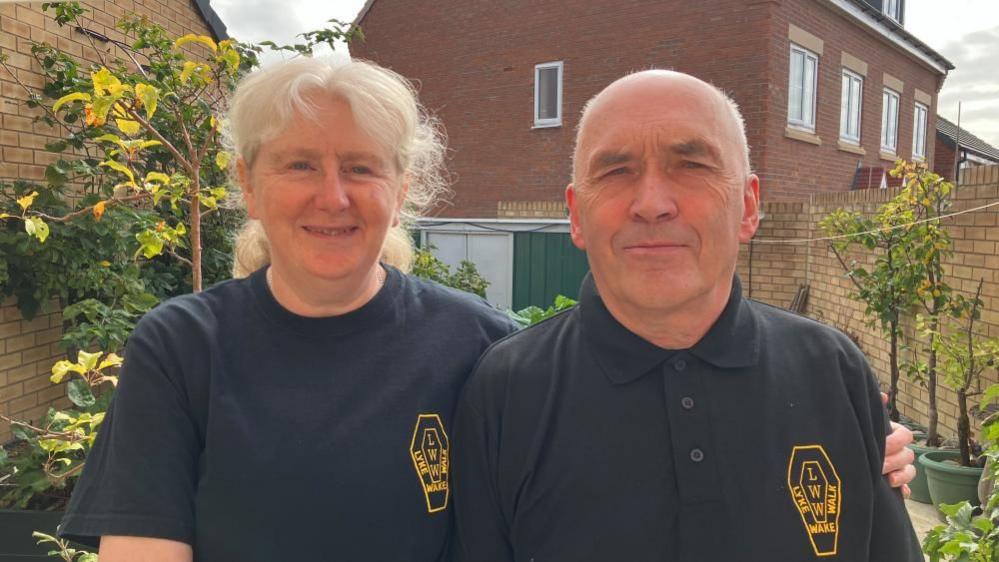
Gerry Orchard and Julie Bushell are part of the Lyke Wake Club
The walk's origin can be traced back to August 1955, when founder Bill Cowley wrote an article in The Dalesman magazine, proposing the idea as a challenge.
On 2 October that year, he led a party of 12 in a successful crossing, forming the first Lyke Wake Walk club afterwards.
The name derives from the 17th Century version of the Lyke-Wake Dirge, a folk song sung in the Yorkshire dialect.
It details a departed soul travelling to purgatory - an apt comparison to the physical and mental exertion required for the challenge, Gerry suggests.
His partner Julie Bushell, who also has a considerable amount of crossings to her name, says the sense of achievement helps people forget any aches and pains.
"There's always points in any group where they can't do it any more, they want to pull out, they're looking for any excuse," she says.
"Hopefully then the group can keep them going because when they get to the end, they're determined to finish, even if it's on their hands and knees."
Anyone who completes one crossing successfully is dubbed a "dirger" or a "witch" and awarded a coffin-shaped patch and a condolence card.
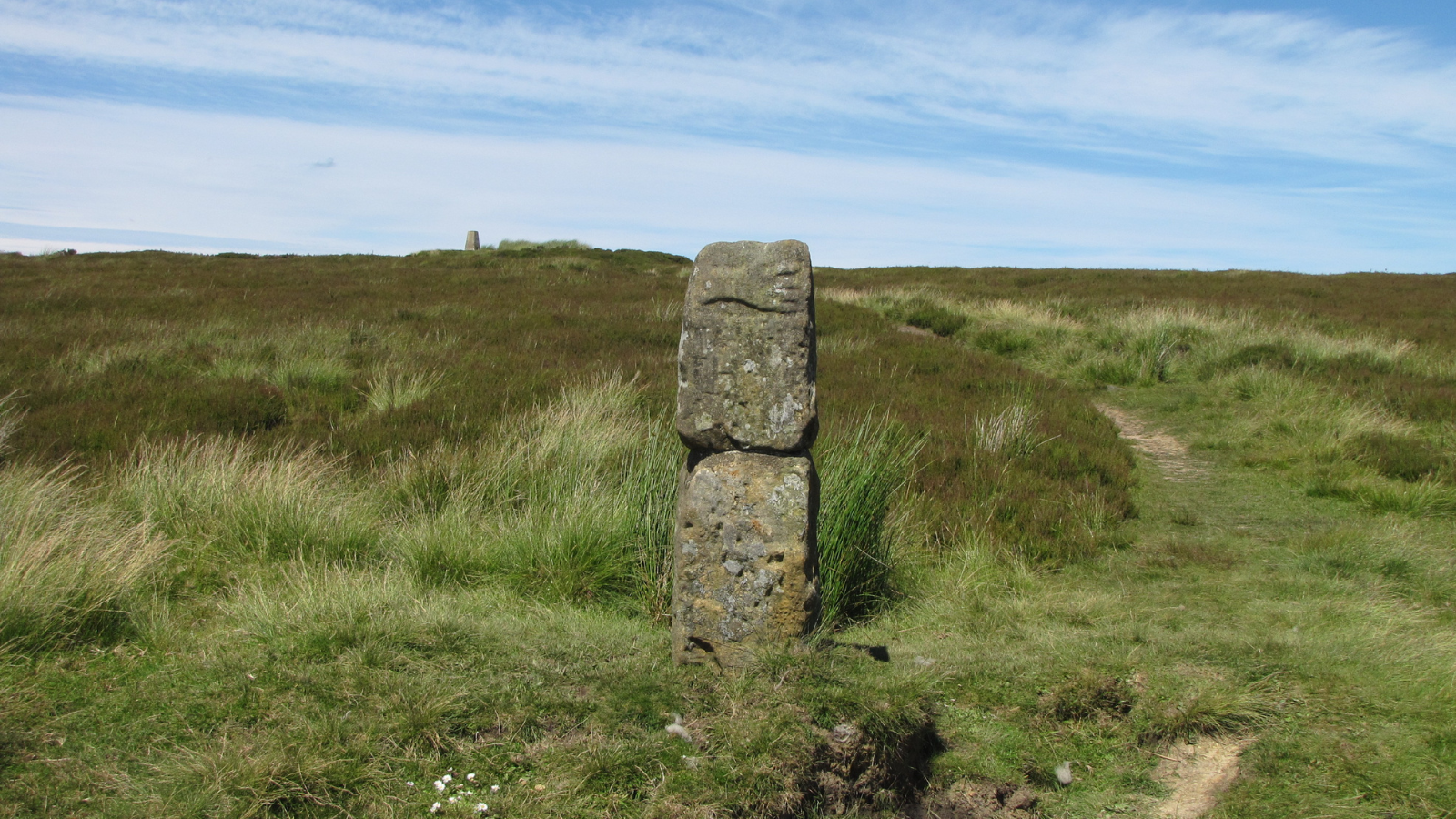
The route includes negotiating bogs, disused railways and vast stretches of remote moorland
If it sounds morbid it is; conversely in a cheerful, self-deprecating way, and the gothic theme has been fully embraced over the years.
The annual New Lyke Wake club meet-up - appropriately called a wake - is attended by members wearing customary black attire.
Titles such as Mistress of Misery and Doctor of Dolefulness are then awarded depending on the amount and type of crossings made.
Despite the spooky association, the tone amongst members is hardly sombre, Gerry explains.
"A lot of the people who have done the Lyke Wake and stuck with it are very interesting personalities," he laughs.
"I often find at a wake, the official proceedings terribly get in the way of good old chit-chat!"
While Gerry might hold the record for most crossings, there are others who have impressive accolades to their name, including for the fastest - a 1984 record held by Mark Rigby for finishing in four hours, 41 minutes.
Groups attempting the walk typically start in the small hours of the morning, lit only by torchlight, and finish at the Raven Hall Hotel in the early evening.
Over the years, Julie and Gerry have led many others along the route, and say they've learned to never underestimate people's mental and physical strength.
"If you don't think you can do it, think again," Julie says.
"There's been so many people who've set off thinking they can't do it, got halfway and been convinced they can't do it and then they get to the end and say they're going to take up walking."
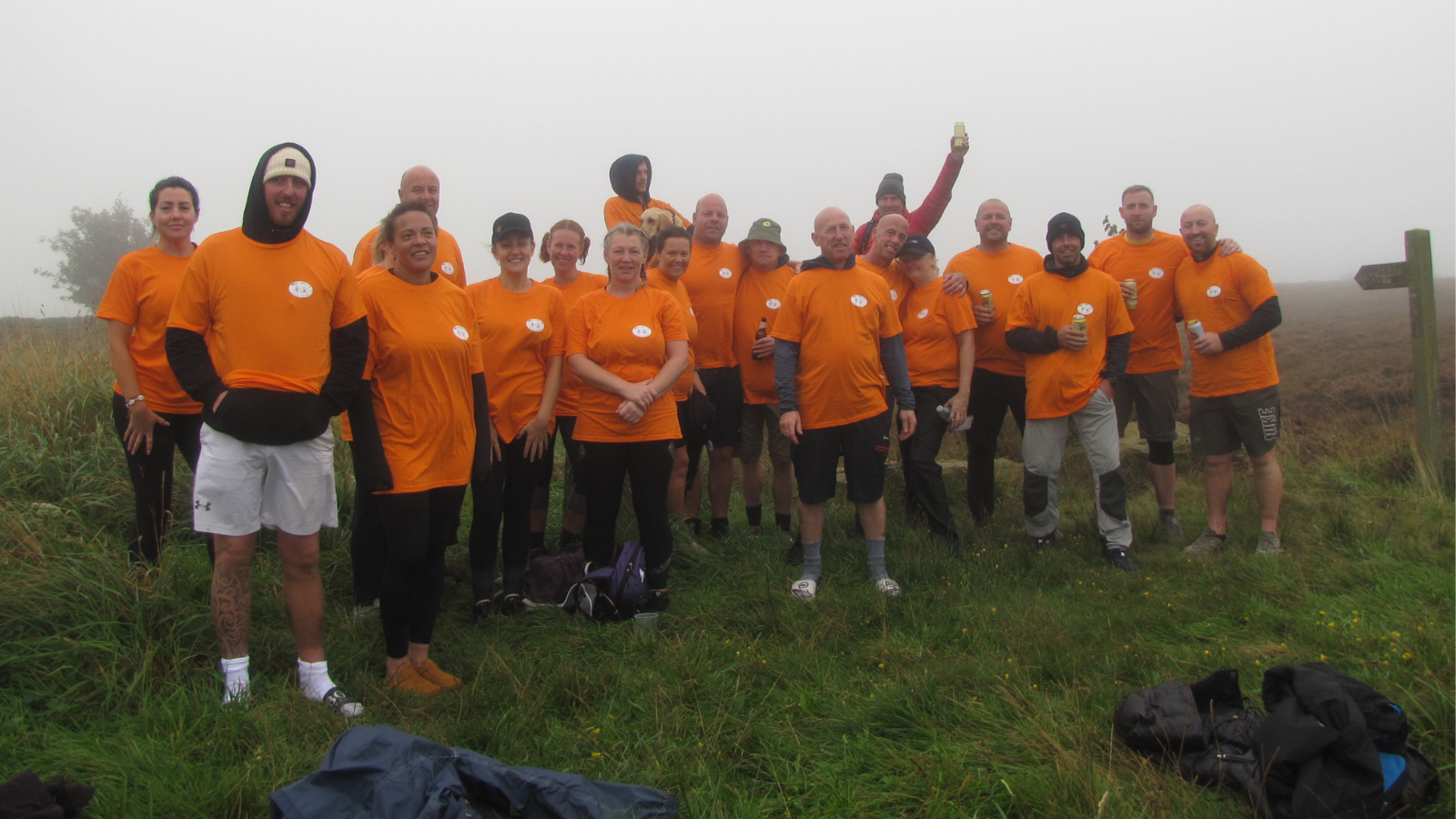
Many groups have tackled the walk for charity as well as for the challenge
"People come from all backgrounds. When it's two o'clock in the morning and you're up to your waist in a peat bog, you've got to work together as a team," Gerry adds.
"You might be cursing somebody who's struggling after 10 miles -after 25 miles, that might be you."
To mark the 70th anniversary since the first crossing was attempted, the New Lyke Wake club will be holding a special wake this week, for faces old and new.
Due to the recent wildfires on the North York Moors, there isn't currently a planned anniversary walk as the traditional route can't be followed, although some are planning a longer, diverted version.
As for Gerry, he's currently recuperating from ankle surgery and is limited to much shorter walks - although the call of the moors is still beckoning.
"My next challenge is to get fit enough, and to get this ankle strong enough to maybe give it another go," he says.
"It is a fun thing, and it's a way of exploring yourself, finding out what you can do and realising there's more to life than just the traditional path you tend to follow."
Get in touch
Tell us which stories we should cover in Yorkshire
Listen to highlights from North Yorkshire on BBC Sounds, catch up with the latest episode of Look North.
Related Internet Links
- Published7 September 2024
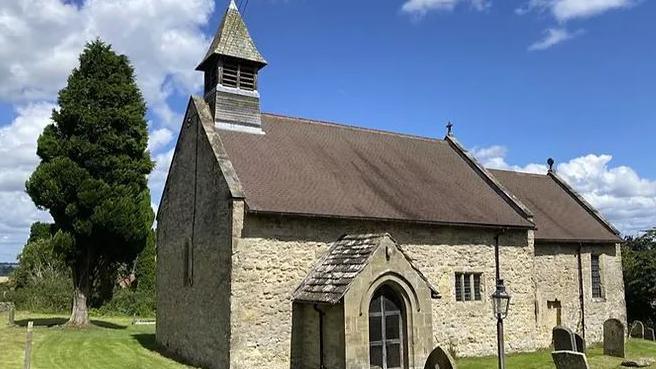
- Published20 July
